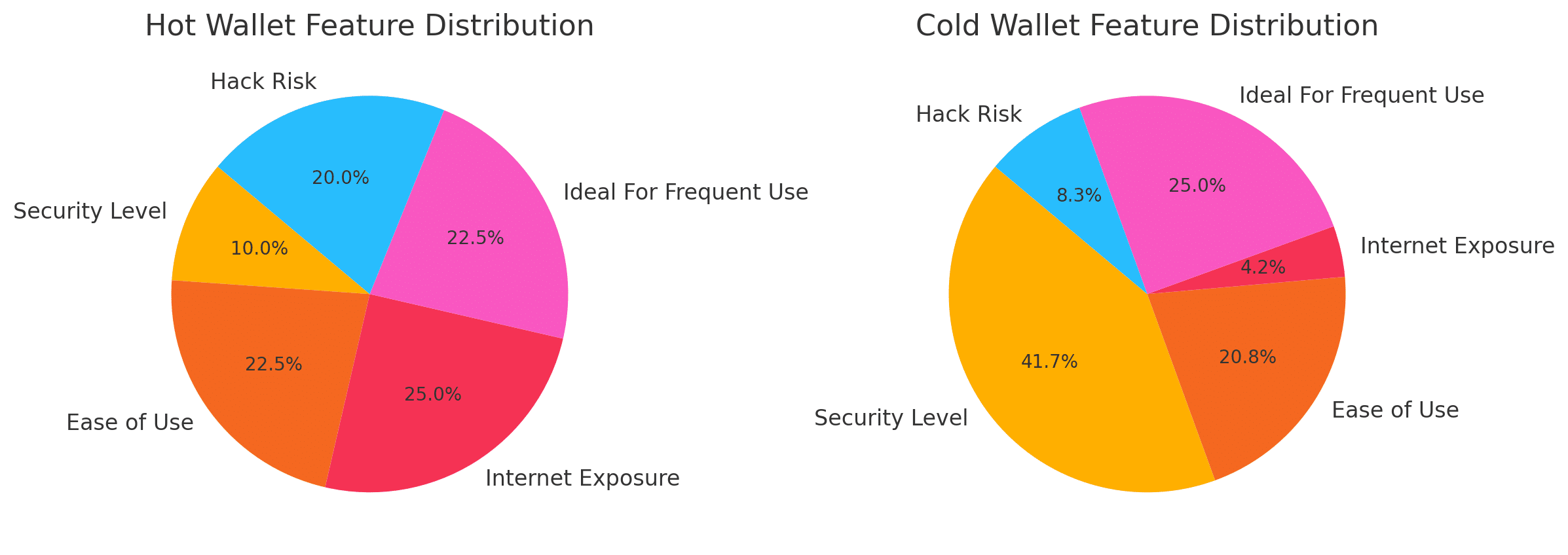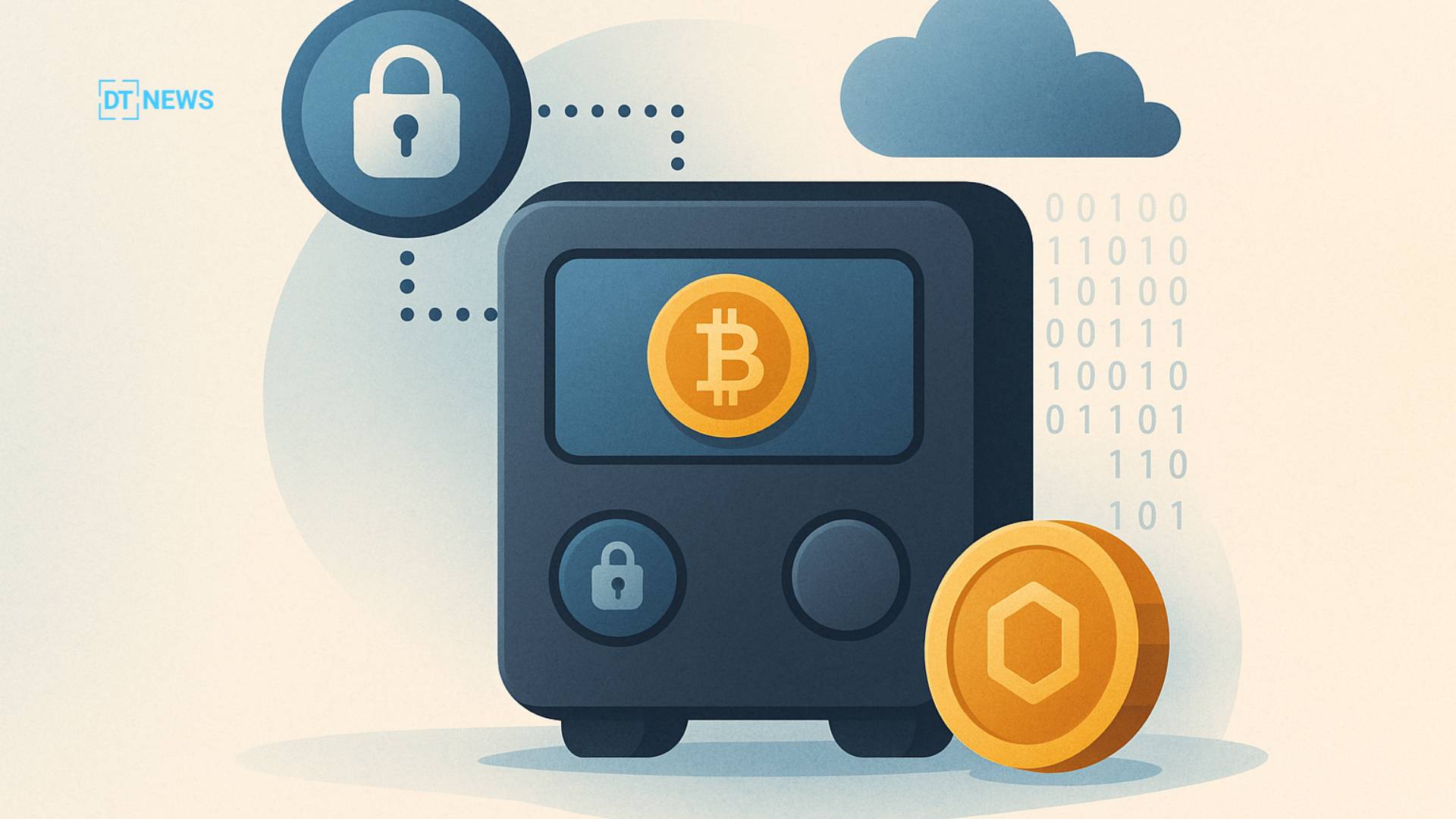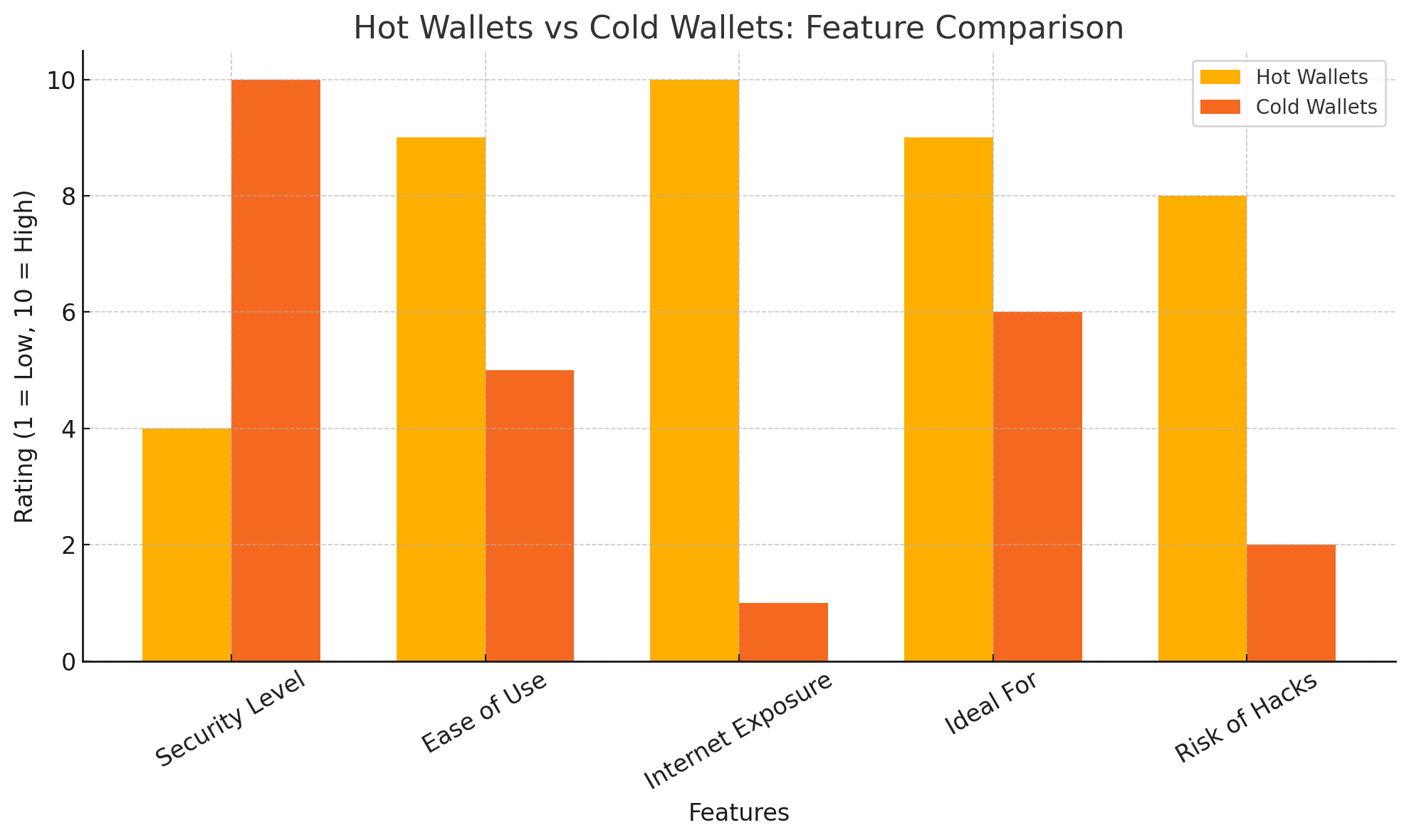The digital asset ecosystem continues to grow in complexity, and with it, the importance of secure storage solutions becomes increasingly critical. At the core of cryptocurrency management lies a fundamental question: What is a crypto wallet? This term refers to a specialized application or device that stores the cryptographic keys required to access and manage cryptocurrencies on the blockchain. While wallets do not hold the coins themselves, they act as secure interfaces to authorize and validate transactions.
- What is a Crypto Wallet?
- Hot Wallets: Speed and Convenience
- Cold Wallets: Security First
- Strategic Use of Both Wallet Types
- 2025 Trends in Wallet Technology and Regulation
- Custodial vs Non-Custodial Wallets
- Implications for Asset Management
- Final Thoughts
- FAQs
- Glossary of Key Terms
In recent years, the security landscape in the crypto space has evolved significantly. Cyberattacks targeting wallet vulnerabilities have led to billions in digital asset losses. As a result, the classification and use of wallets, particularly hot and cold wallets, have become essential components of any secure cryptocurrency strategy. Each type serves a distinct purpose, with different security and accessibility trade-offs that make them suitable for different use cases.
What is a Crypto Wallet?
To answer what is a crypto wallet, think of it like your online bank vault, but decentralized. A crypto wallet is a tool that allows you to store, send, and receive cryptocurrencies. But unlike traditional wallets that hold physical cash, a crypto wallet stores private keys, cryptographic credentials that prove ownership of digital assets on a blockchain.
Without your private key, you can’t access your coins. And if someone else gets that key, they can take everything you own. This is why wallets are not just convenient, they’re crucial.
There are two main types of wallets:
Hot Wallets (connected to the internet)
Cold Wallets (offline and more secure)
Hot Wallets: Speed and Convenience
Hot Wallets: Always Connected, High Utility
Hot wallets operate in an online environment, making them ideal for fast and frequent transactions. These wallets are available as mobile apps, browser extensions, and desktop platforms. Some of the most widely used examples include MetaMask, Trust Wallet, and Phantom.
Due to their constant internet connectivity, hot wallets are designed for quick access to blockchain applications, decentralized finance protocols, and NFT marketplaces. However, this convenience comes at a cost. Hot wallets are more susceptible to phishing scams, malware attacks, and unauthorized access. In one notable 2025 incident, a phishing campaign impersonating a wallet update led to millions in losses across thousands of unsuspecting users.
Advantages:
Easy to set up and use
Ideal for frequent trading
Instant access to DeFi, NFTs, and exchanges
Disadvantages:
Constant internet connection = higher risk of hacks
Vulnerable to phishing, malware, and social engineering
Example:
In April 2025, a phishing scam on X (formerly Twitter) mimicked a Trust Wallet update and drained over $12 million from users who clicked a fake link. This is the downside of hot wallets—they’re only as secure as your browsing habits.
Cold Wallets: Security First
Cold Wallets: Offline, Secure, and Long-Term Focused
Cold wallets, in contrast, are completely offline, offering significantly enhanced protection against online threats. These wallets store private keys in a hardware device or offline medium such as a paper wallet. Popular options include Ledger, Trezor, and Air-gapped USB devices.
Cold wallets are widely regarded as the most secure method for storing large amounts of cryptocurrency for the long term. By removing the internet connection, the attack surface is minimized. This makes them the top choice for institutional investors, long-term holders, and anyone seeking to reduce exposure to digital threats.
However, cold wallets require more effort to use and manage. Transferring funds often involves manually connecting the device and approving transactions, making them less suitable for daily use. The risk of physical loss or damage to the device also introduces a new layer of responsibility.
Cold wallets are not connected to the internet, making them the safest option for long-term storage. Popular cold wallets include hardware wallets like Ledger Nano X or Trezor, and even paper wallets (a printed copy of your private keys or seed phrase).
Advantages:
Immune to online hacks and malware
Great for holding large amounts of crypto
Can store multiple asset types securely
Disadvantages:
Less convenient for frequent use
Risk of physical loss or damage (e.g., losing the device or paper)
Real-World Use:
Institutional investors and whales often store crypto in multisig cold wallets. In fact, over 68% of institutional Bitcoin is estimated to be stored in cold wallets as of 2025.
Combining Hot and Cold Wallets: Best Practice
The smartest approach is to use both hot and cold wallets together:
Hot wallet for daily use (small amounts, DeFi, NFTs)
Cold wallet for long-term storage (larger investments)
This dual strategy minimizes exposure while maintaining convenience. It’s also recommended to keep backups of seed phrases in safe, offline environments, such as metal storage plates resistant to fire and water.

Strategic Use of Both Wallet Types
An increasingly common approach involves using both hot and cold wallets together, forming a hybrid model. This method balances accessibility with security. The hot wallet is employed for routine transactions and access to decentralized applications, while the cold wallet is reserved for long-term holdings and assets not in active use.
This strategy reflects the importance of understanding what is a crypto wallet in both theoretical and practical terms. Secure crypto management today requires not only familiarity with wallet types but also the ability to apply them based on transaction volume, investment size, and risk appetite.
2025 Trends in Wallet Technology and Regulation
The wallet space has witnessed several innovations in 2025 aimed at improving both user experience and security. Multi-signature wallets, which require multiple approvals to authorize a transaction, are gaining popularity in both retail and institutional sectors. Biometric authentication methods, such as facial recognition and fingerprint scans, are being integrated into newer wallet models.
From a regulatory standpoint, increasing scrutiny is being placed on wallet providers, particularly in jurisdictions implementing tighter financial controls on digital assets. The European Union’s Markets in Crypto-Assets (MiCA) framework now mandates compliance disclosures for wallet services interacting with users above certain thresholds. These changes are reshaping how users evaluate wallet security and privacy.
Public interest has also surged. Google search trends for what is a crypto wallet have shown a 40% year-over-year increase, particularly in emerging markets where local currencies face instability. This suggests growing global awareness of digital asset ownership and the need for secure storage solutions.
Custodial vs Non-Custodial Wallets
Another important consideration in wallet security is control over private keys. Custodial wallets, typically provided by centralized exchanges or platforms, hold the keys on behalf of the user. Non-custodial wallets, on the other hand, grant full control of keys and, therefore, full control of assets to the user.
This distinction has profound implications. While custodial wallets are more convenient, they carry risks of platform hacks or insolvency. Non-custodial wallets require more responsibility but offer greater sovereignty. In light of past exchange collapses and regulatory crackdowns, non-custodial wallets have seen increased adoption in 2025.
Implications for Asset Management
For institutional and individual investors alike, understanding what a crypto wallet is and its different forms has become a cornerstone of effective digital asset management. Choosing between hot and cold wallets, or strategically combining both, can significantly influence risk exposure, asset liquidity, and overall portfolio security.
As the digital economy continues to mature, secure wallet management is no longer optional. Whether safeguarding a portfolio worth a few hundred dollars or managing millions in crypto capital, wallet selection plays a central role in ensuring access, ownership, and resilience.
Final Thoughts
The question what is a crypto wallet may seem simple, but its answer unlocks the gateway to digital sovereignty. In an age where hacks, exploits, and data leaks are on the rise, securing your crypto isn’t optional—it’s fundamental. Whether you’re trading memecoins or staking ETH, your wallet is your fortress. Learn it, manage it, and protect it.
FAQs
1. What is a crypto wallet?
A crypto wallet is a tool that stores private keys, allowing users to access, manage, and transfer cryptocurrencies on a blockchain.
2. What is the difference between a hot wallet and a cold wallet?
Hot wallets are connected to the internet and offer convenience, while cold wallets are offline and provide enhanced security for long-term storage.
3. Are hardware wallets safer than mobile wallets?
Yes. Hardware wallets are cold wallets and are generally considered more secure because they are offline and less vulnerable to online attacks.
4. Can crypto be stored without a wallet?
No. All cryptocurrencies require a wallet to access or manage them. Without a wallet, crypto assets cannot be securely accessed or transferred.
Glossary of Key Terms
Blockchain – A decentralized digital ledger that records transactions across a distributed network.
Private Key – A secret alphanumeric code used to authorize and sign cryptocurrency transactions securely.
Public Key – A cryptographic code linked to a private key, used to receive cryptocurrency.
Hot Wallet – A crypto wallet that is connected to the internet, ideal for daily transactions.
Cold Wallet – An offline wallet, typically a hardware device or paper, used for secure long-term storage.
Custodial Wallet – A wallet where a third party (e.g., an exchange) controls the private keys.
Non-Custodial Wallet – A wallet where the user has full control over the private keys and digital assets.
Seed Phrase – A series of words used to recover a crypto wallet; critical for wallet backup and restoration.
Hardware Wallet – A physical device that stores private keys offline, considered one of the most secure wallet types.
Multisig Wallet – A wallet that requires multiple private key signatures to authorize a transaction, often used by organizations.
Sources and References
cryptoslate.com
finance.ec.europa.eu
Disclaimer: This article is for informational purposes only and does not constitute financial advice.




















































































































